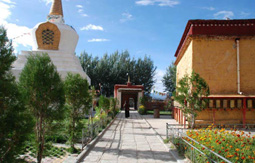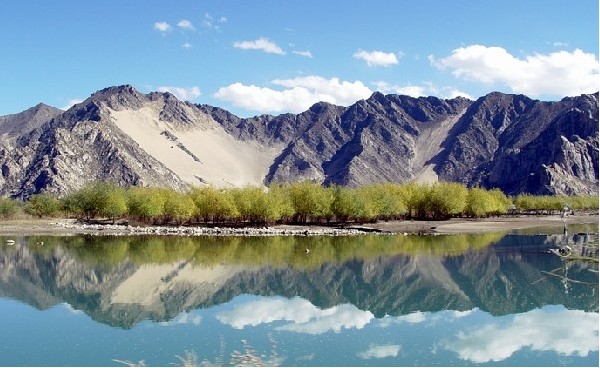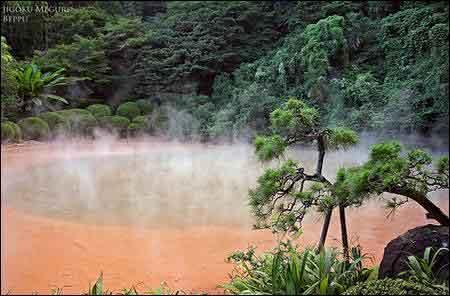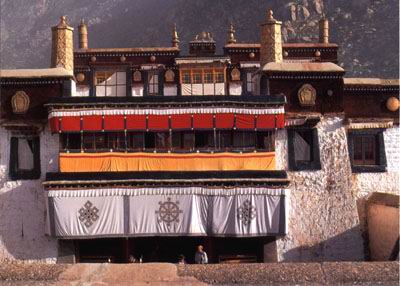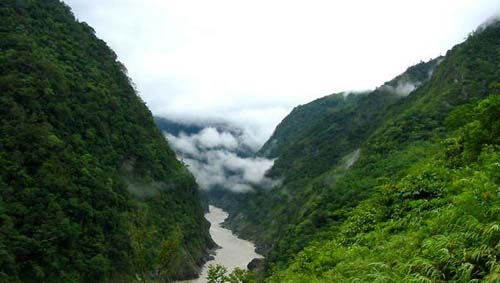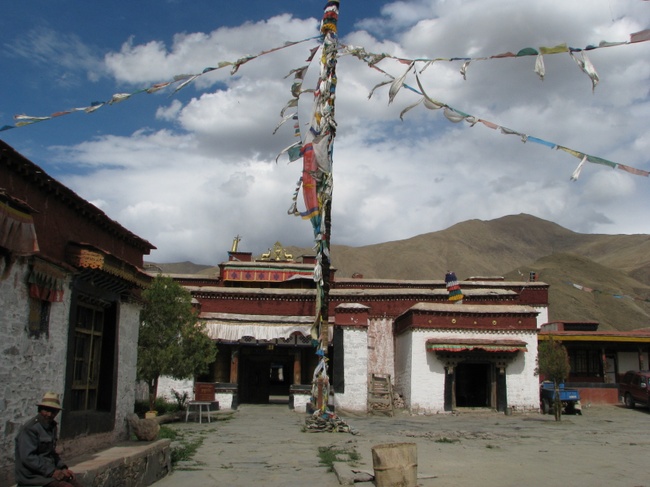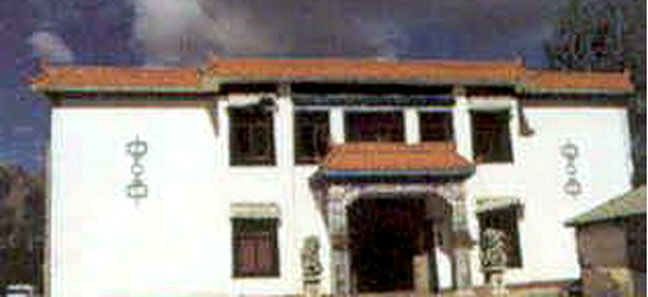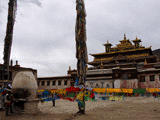Samye Monastery
The location of Samye Monastery:
On the northern bank of the Yarlung Zambo River in Chanang County, Shannan Prefecture, the monastery was built in 779 under the supervision of Master Padmasambhava and Tibetan King Trisong Detsen.
Brief introduction of Samye Monastery:
Samye Monastery is the first monastery for the monks in Tibet. The magnificient and unique Central Hall is three story high. The first floor is of the Tibetan architectural style, the second the Han style and the third the Indian style. The halls in the monastery house many statues and murals. The monastery has bronze bells, carved marble lions and tablets marking the development of Buddhism. All these are valuable cultural relics.
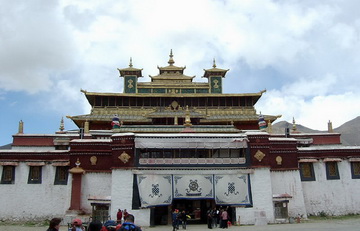
The history of Samye Monastery:
Padmasambhava and Shantarakshita, the two Indian masters that the king had invited to Tibet. The monastery is designed on the plan of the Odantapuri temple in India (present-day Bihar), and mirrors the structure of the universe according to Buddhist cosmology. The central temple represents Mt. Sumeru, the mythical mountain at the centre of the cosmos. Around it are four temples called 'ling', which represent the four continents (ling) situated in the vast ocean to the north, south, east, and west of Sumeru. To the right and left of each of these are smaller temples, called 'ling-tren', representing sub-continents. Four great stupas, in four colours (white, red, blue and green) stood facing the (south-east, south-west, north-west, and north-east, respectively) corners of the main temple, and are being reconstructed. Near the North (Jangchub Semkye) ling, is a protector chapel, Pehar Kordzoling, adorned with unusual mural work featuring skulls. One ling-tren, the Dragyur Gyagar Ling (South-South-West) was established for the sole purpose of translating sutras. Beyond its front entrance is an idyllic courtyard, planted with flowers, trees, and bamboo.
When the monastery was first built, both Indian and Chinese monks were invited there to work on the translation of Buddhist scriptures from their respective languages into Tibetan. The Indians lived in the Aryapalo (Hayagriva) Ling temple to the south, and the Chinese in the Jampa (Maitreya) Ling to the west. Conflicts arose between the two factions concerning doctrinal interpretation, and the king called for a public debate to settle the matter. This took place around 792, between Kamalashila, a disciple of Shantarakshita, and Hoshang. The debate, which took place in the Jampa Ling, was presided over by Trisong Detsen, and was intended to establish which form of Buddhism should prevail in Tibet: the Indian monastic tradition of systematic study, firm adherence to ethical rules, and a practice that entails the gradual ascendance of stages leading to enlightenment; or the Chinese tradition of Ch'an (Zen), which favours a direct ('sudden') breakthrough to the ultimate nature of consciousness and existence, for which intellect and morality, the twin pillars of the Indian school, are not necessary, and can even be hindrances. The accounts of the outcome of the debate are ambiguous, both sides claiming victory. The actual outcome, though, is beyond doubt: The Indian view was favoured, and from then on the Chinese influence waned. Hoshang had to leave Tibet, and the Ch'an tradition was effectively proscribed.
Tips:
Tourists can take the bus from Lhasa to Zetang and get off at Samye Ferry for a charge of 30 yuan. Then you have to take a motor boat to the other bank of the river for five yuan and take a bus to the monastery. Also you can take a mini bus from Zetang to the monastery (running on the newly built highway). Staying in the monastery overnight costs 40 yuan. Just outside the east gate of the monastery stands the Friendship Snowland Hotel and others.


